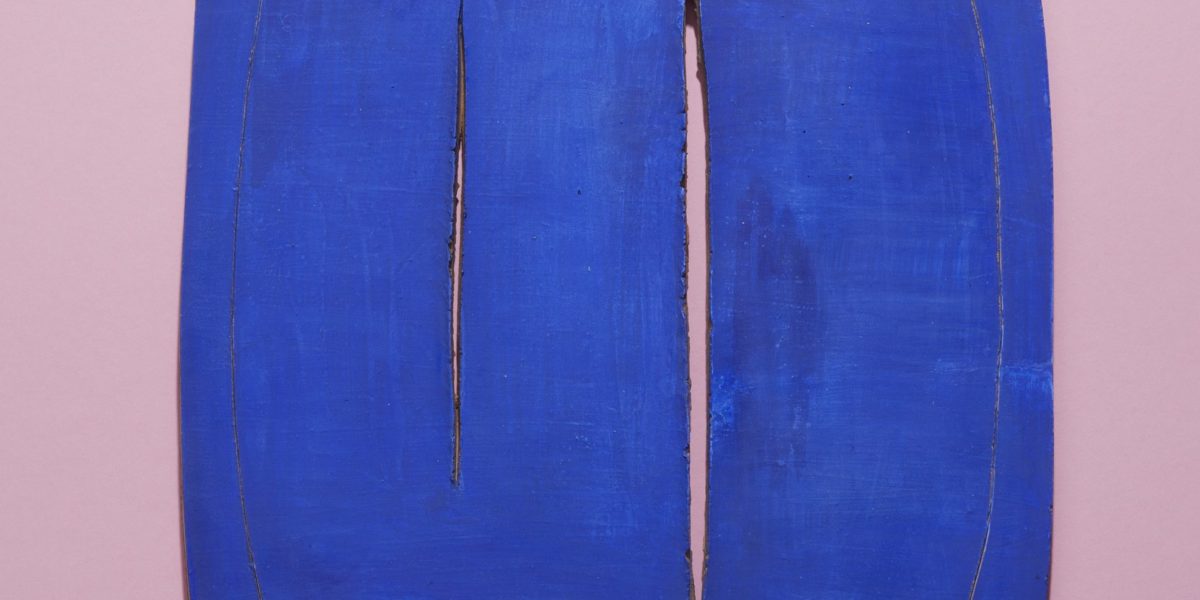Lucio Fontana – The Conquest of Space
Lucio Fontana (1899–1968) was one of the 20th century’s most important avant-garde artists and continues to inspire artists, designers and architects to this day. He is best known for his iconic slashed paintings, but Fontana’s work goes much further than that. He was a sculptor by training, created spatial installations, collaborated with architects and designed jewellery.
The collection of his jewellery and ceramics at Design Museum Den Bosch (the largest holding of Fontana’s work in the Netherlands) forms the basis of Lucio Fontana – The Conquest of Space, which centres on the artist’s revolutionary Concetto spaziale (‘spatial concept’). The exhibition complements the museum’s own collection with paintings, sculptures and light objects from the Netherlands and abroad. Fontana’s Ambienti spaziali are being shown in this country for the first time since 1967. The ground-breaking mid-century spatial installations have been reconstructed at the museum with the approval of the Fondazione Lucio Fontana. It means visitors will be able literally to enter Fontana’s space(s).
The photographers Anuschka Blommers and Niels Schumm have reshot Fontana’s work in the Design Museum Den Bosch collection especially for the exhibition. The result is an off-kilter, suggestive series of pictures in which the duo offer their contemporary take on Fontana’s work.


Lucio Fontana, ‘Concetto spaziale’, ca. 1958, Collection Design Museum Den Bosch. Photography: Blommers/Schumm, 2021
Publication
The exhibition Lucio Fontana – The Conquest of Space is accompanied by a book produced by Design Museum Den Bosch in collaboration with nai010 publishers. Besides a survey of all the works in the exhibition, it includes essays by the curator Colin Huizing and the art historian Paolo Campiglio. It also features all of Anuschka Blommers and Niels Schumm’s photographs of the museum’s Fontana collection. The book is available for €24.95 at the museum, in good book shops and via the nai010 website. The publication was made possible in part by contributions of Gifted Art, the Hendrik Muller’s Vaderlandsch Fonds and the De Gijselaar-Hintzenfonds.
Curator and design
The exhibition has been compiled by guest curator Colin Huizing, formerly a senior curator at the Stedelijk Museum Schiedam, co-curator of the Dutch entry for the 2015 Venice Biennale (herman de vries: to be all ways to be) and creator of exhibitions for various museums and other institutions. The exhibition design was made by Thomas Bennen.
